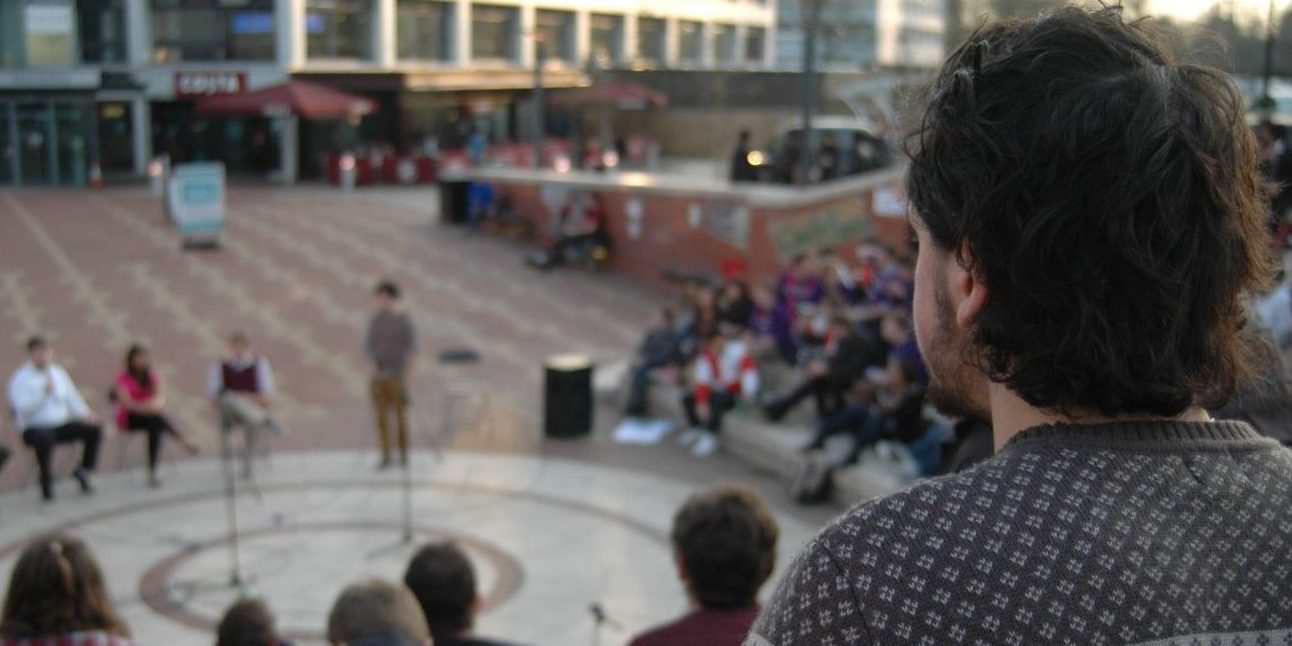The power of the SU President: A role in flux?
As students await results, following a “procedural irregularity”, it’s worth asking the extent to which the SU president holds power, and what exactly their responsibilities are. Tasked with representing 29,000 students, the president plays a key role in lobbying the university management, securing SU funding, shaping policies, and overseeing SU operations. But does the influence the role wields translate into real change? As student activism evolves and the pressures on the SU president grow, the future of the role remains uncertain.
Some SU presidents have left a lasting mark on Warwick. They prove the role can be more than just a symbol. Under presidential leadership, the SU has pushed for the introduction of a Warwick Living Wage, which ensured all SU and University staff were paid, at a minimum, the UK living wage, rather than minimum wage. Over a decade later, this policy remains in place and has benefited student workers and staff alike.
Similarly, the SU has helped secure dedicated space on campus for Warwick Nightline. A vital service on campus that offers confidential, non-advisory listening care to students. To this day, Nightline still holds permanent, in-person locations which allow them to provide uninterrupted support and distribute earplugs and condoms. These cases highlight how an SU, and therefore the president, has historically been effective in delivering substantial and permanent institutional change.
While presidents can often campaign for student-friendly policies, they are not able to oppose the university management’s financial and policy decisions: especially as the SU is largely funded by the University
Other achievements of SU presidents, historically, have struggled to stand the test of time. Since COVID-19, the SU helped lobby to adopt widespread lecture capture recording, so that students could learn remotely. However, as in-person classes resumed, the University quickly reverted to poor integration of lecture capture, with most STEM subjects not being recorded.
There are also significant limits placed on the power of the SU president.
One of the greatest obstacles facing the SU presidents is the structure of Warwick’s finances. While presidents can often campaign for student-friendly policies, they are not able to oppose the university management’s financial and policy decisions, especially as the SU is largely funded by the University. For example, multiple previous presidents have campaigned for lower international student fees, but Warwick’s financial models rely heavily on them, making reductions impossible.
Another issue with the SU presidential power is that each term is only one year. Whilst this is safe and democratic, it has made policy continuity very difficult. One such example is in 2023 when the SU passed a motion to transition all SU-operated food outlets to a fully plant-based menu by the 2027/2028 academic year. However, the SU Board of Trustees announced they have voted to reverse this decision, citing practical and financial challenges.
The SU president is not a powerless figurehead nor are they an all-powerful, dictatorial student leader
The influence of the SU president ultimately depends on the students they represent. Warwick SU elections often see a low turnout. Only 6,390 of the 29,000 Warwick students voted this year. As a result, most students have little direct influence over the day’s agenda, and the president has less of a mandate behind them when proposing policy change.
Despite these challenges to their power, the SU president remains one of the primary voices between students and staff. Presidents hold regular meetings and have a voice within the higher-level university discussions. This became particularly evident during the COVID-19 pandemic when it was successfully lobbied that ‘no-detriment’ academic policies and flexible assessments were introduced to support students. The president’s capacity to advocate directly to university leadership remains one of the role’s most valuable responsibilities.
The SU president is not a powerless figurehead, nor are they an all-powerful, dictatorial student leader. Some presidents have introduced meaningful and long-lasting reform, while others have seen their policies reversed after they leave the role. The job is defined by its bureaucracy, university priorities, and most importantly, the engagement of students. Nevertheless, the role acts as more than just a symbol, it is a line of communication between students and staff. It is clear that the future SU presidents, once announced, will need more than just ambition and ideology; they will need to have students ready to back them up and continue their legacy.

Comments